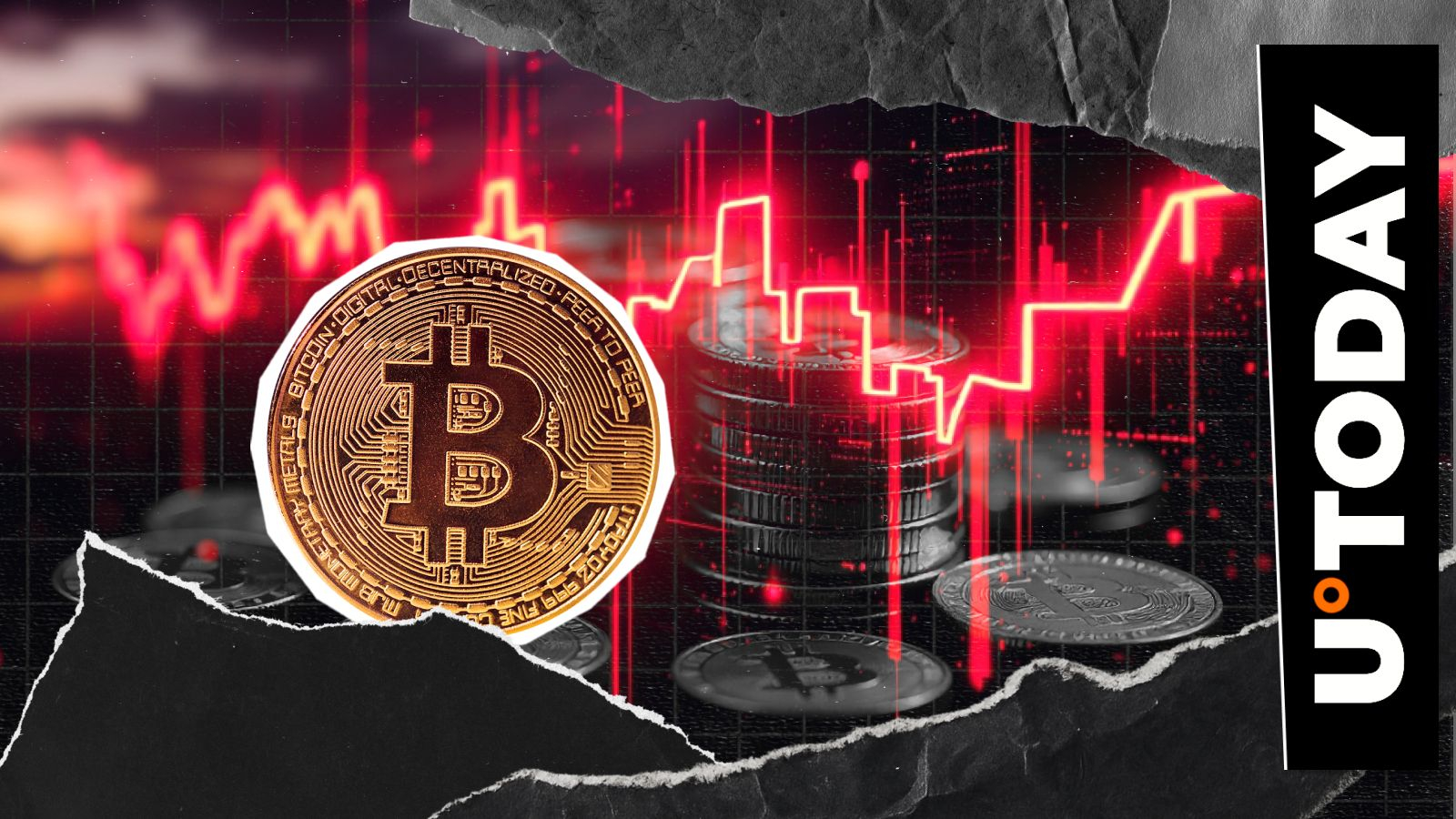Oil-Backed Memecoin Soars 400% as Strait Crisis Looms
The post Oil-Backed Memecoin Soars 400% as Strait Crisis Looms appeared on BitcoinEthereumNews.com. Few know of a tiny cryptocurrency called DigitalOil (OIL), but it has rocketed more than 400% on the strength of speculation that Iran will close the Strait of Hormuz, the world’s most exposed oil shipping chokepoint. The memecoin’s dramatic rise illustrates how geopolitical shock from the real world is driving a new generation of commodity-themed tokens—while also illustrating the unique risks of trading the newest crypto fads. From Oil Crisis to Crypto Mania The Strait of Hormuz, the chokepoint sea lane between international markets and the Persian Gulf, carries about 20% of global oil supply. News that Iran’s Supreme National Security Council could okay a shutdown any day now drove markets and oil prices into a frenzy. But while Wall Street strategists pondered the fallout, crypto investors did something different—pouring into DigitalOil, a Solana-based memecoin that tracks the price and volatility of oil. The result? OIL shot up over 400% against the dollar, with decentralized exchange volumes such as those on Raydium jumping as investors searched for a speculation hedge against global turmoil. Social media frenzy only added to the FOMO, with influencers swearing OIL as “the most geopolitically privileged memecoin” and even touting endorsement from notorious gold bug Peter Schiff. Liquidity Risks and Whale Games Despite the hype, DigitalOil is a thinly traded token with a market capitalization of a bit over $250,000 and 24-hour volume of $137,000. Like most memecoins, the price of OIL is highly volatile depending on large trades and concentrated ownership. Coin Metrics has a high-risk rating for memecoins, citing that a couple of “whale” wallets can move the market with a single trade—amplifying the potential for spontaneous crashes or pump-and-dump schemes. Liquidity dries up rapidly in times of stress, and late movers can’t conveniently sell out without suffering massive losses. The token price dropped…

The post Oil-Backed Memecoin Soars 400% as Strait Crisis Looms appeared on BitcoinEthereumNews.com.
Few know of a tiny cryptocurrency called DigitalOil (OIL), but it has rocketed more than 400% on the strength of speculation that Iran will close the Strait of Hormuz, the world’s most exposed oil shipping chokepoint. The memecoin’s dramatic rise illustrates how geopolitical shock from the real world is driving a new generation of commodity-themed tokens—while also illustrating the unique risks of trading the newest crypto fads. From Oil Crisis to Crypto Mania The Strait of Hormuz, the chokepoint sea lane between international markets and the Persian Gulf, carries about 20% of global oil supply. News that Iran’s Supreme National Security Council could okay a shutdown any day now drove markets and oil prices into a frenzy. But while Wall Street strategists pondered the fallout, crypto investors did something different—pouring into DigitalOil, a Solana-based memecoin that tracks the price and volatility of oil. The result? OIL shot up over 400% against the dollar, with decentralized exchange volumes such as those on Raydium jumping as investors searched for a speculation hedge against global turmoil. Social media frenzy only added to the FOMO, with influencers swearing OIL as “the most geopolitically privileged memecoin” and even touting endorsement from notorious gold bug Peter Schiff. Liquidity Risks and Whale Games Despite the hype, DigitalOil is a thinly traded token with a market capitalization of a bit over $250,000 and 24-hour volume of $137,000. Like most memecoins, the price of OIL is highly volatile depending on large trades and concentrated ownership. Coin Metrics has a high-risk rating for memecoins, citing that a couple of “whale” wallets can move the market with a single trade—amplifying the potential for spontaneous crashes or pump-and-dump schemes. Liquidity dries up rapidly in times of stress, and late movers can’t conveniently sell out without suffering massive losses. The token price dropped…
What's Your Reaction?








































